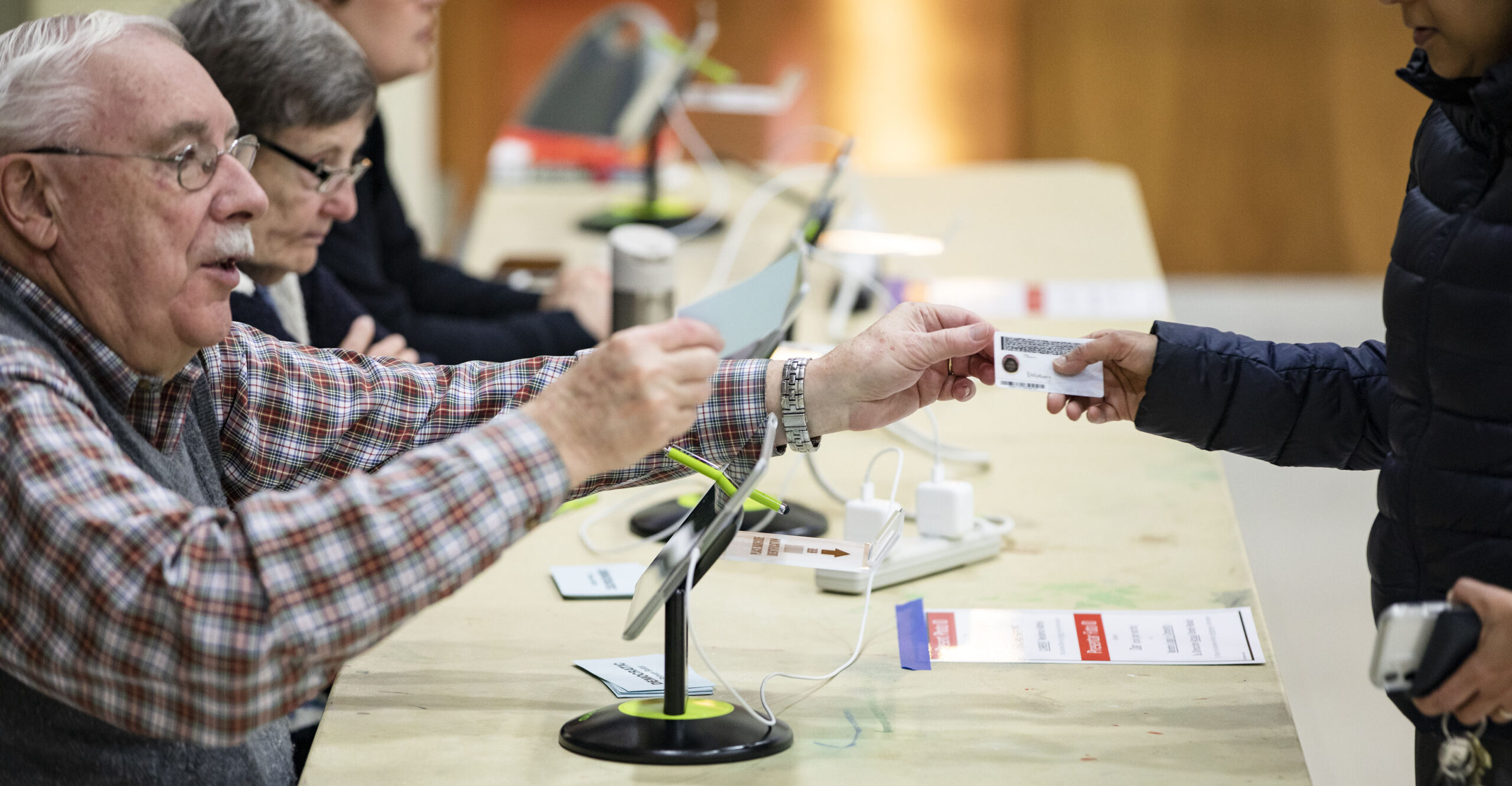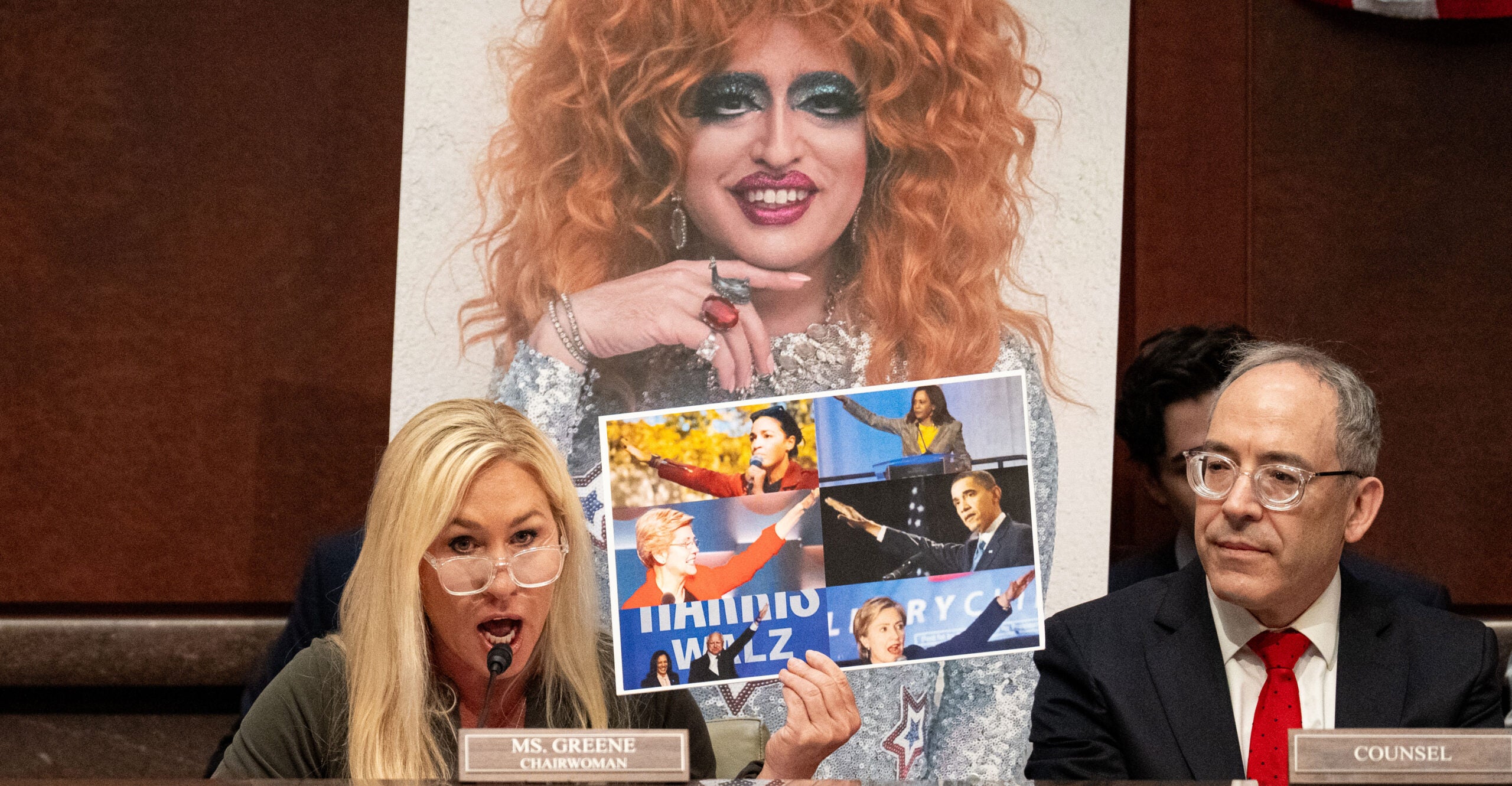Data Proves Left Wrong: ID Laws Don’t Suppress Voting
The Left continues to object to laws requiring voters to present identification, even as voters support such laws and states enact them. As explained in... Read More The post Data Proves Left Wrong: ID Laws Don’t Suppress Voting appeared first on The Daily Signal.

The Left continues to object to laws requiring voters to present identification, even as voters support such laws and states enact them. As explained in my book “The Myth of Voter Suppression,” states with voter ID laws typically have higher turnout during elections.
The Ohio Legislature passed a photo ID law this year, while Nebraska voters approved a ballot question on voter ID in November. North Carolina’s photo ID law, previously blocked by a Democrat-controlled state Supreme Court, could get another hearing from the new majority.
Also this year, the latest of many studies—published in the Proceedings of the National Academy of Sciences—determined that voter ID had no impact on election outcomes or turnout.
What follows is an adapted excerpt from “The Myth of Voter Suppression” about the effectiveness of voter ID laws, which once had bipartisan support.
***
If—as the Left has claimed for decades—voter ID is about voter suppression, then it has been a miserable failure at suppressing the vote. Voter ID laws have made it easier to vote and harder to cheat while increasing confidence in elections, as demonstrated by higher voter participation.
Hillary Clinton spent four years complaining that the 2016 election was stolen from her. She came up with many reasons for her failure over the years, blaming everyone from Russia’s dictator, Vladimir Putin, to former FBI Director James Comey.
Clinton also blamed Republicans for voter suppression, specifically in Wisconsin, where the voter ID law, she whined, depressed turnout by 200,000 votes. Her evidence for this claim was a study by the liberal group CIVIS USA, commissioned by the Democratic fundraising organization Priorities USA. Both organizations publicly supported Clinton’s campaign in 2016.
PolitiFact, which typically bends over backward to give every Democrat the benefit of the doubt, said the study was “Mostly False,” and that “experts … question the methodology of the report and say there is no way to put a number on how many people in Wisconsin didn’t vote because of the ID requirement.”
There was, in fact, a downturn in voter turnout in Wisconsin from 2012 to 2016. And Donald Trump’s victory in the Badger State was key to his winning the presidential election. But the state’s 2016 turnout was still higher than its 2008 turnout—a bit of an anomaly from the national political scene.
The United States Elections Project ranked Wisconsin as having the fifth-highest turnout in the country for 2016—more than many of the states that don’t have voter ID laws. For instance, New York, a state with no voter ID requirement that Clinton represented in the Senate, had a 59.3% turnout—on par with the national average. Wisconsin, by contrast, had a turnout of 69.4%.
Further, nine of the 11 states that added voter ID laws in 2011 had an increase in turnout from the 2012 election to the 2016 election. Conversely, two of the 17 states that had no voter ID in 2016, along with Washington, D.C., finished in the top five.
Voter ID laws can stop multiple types of fraud, such as impersonating someone who is a registered voter. They also can prevent noncitizens from voting, as well as out-of-state residents or someone registered in multiple jurisdictions.
The main source of these recommendations is the Carter-Baker Commission, the bipartisan election reform panel of 2005 named for former President Jimmy Carter, a Democrat, and former Secretary of State James Baker, a Republican.
The report underlined that ID was reasonable and ensured security:
The electoral system cannot inspire public confidence if no safeguards exist to deter or detect fraud or to confirm the identity of voters. Photo IDs currently are needed to board a plane, enter federal buildings, and cash a check. Voting is equally important.
Polls consistently show that about 60% of Democrats and about 70% of non-white voters support voter ID; about 80% of voters overall back voter ID.
To look at the factual case in favor of voter ID, let’s turn to academia, including Ivy League professors and federal government data, neither of which are known for espousing right-wing talking points. The facts show that voter ID not only doesn’t suppress votes, but that voter turnout is on the rise across all demographics.
A National Bureau of Economic Research study from 2019 examined 10 years’ worth of turnout data from across the country and concluded that voter ID laws have “no negative effect on registration or turnout overall or for any specific group defined by race, gender, age, or party affiliation.”
The NBER study, conducted by Enrico Cantoni at the University of Bologna and Vincent Pons at Harvard Business School, found that voter ID laws don’t decrease voter turnout, including that of minority voters.
The study also determined that ID laws have “no significant effect” on preventing fraud. However, proving any law prevents a crime is always trying to prove a negative. The bottom line is that, according to the study, voter registration and turnout rates didn’t change after voter ID laws were implemented, and there was no statistically observable change in voting behavior before or after.
Most states with voter ID laws enacted them since 2011. One measure of voter turnout tells us this didn’t drive down the vote.
Census Bureau data shows that black, Hispanic, and Asian voter turnout all increased by double digits from the 2014 midterm election to the 2018 midterm election. Pew Research Center found “historic jumps” in turnout for every racial group in 2018. Black voter turnout rose by 27% nationally. Meanwhile, Asian and Hispanic turnout soared by 50%.
There was a notable exception to this evidence in favor of voter ID laws: A January 2017 study from professors at the University of California San Diego and Bucknell University purported that ID laws disproportionately affect minorities and “diminish the participation of Democrats and those on the left, while doing little to deter the vote of Republicans and those on the right.”
But that one didn’t last long.
Professors from Yale, Stanford, and the University of Pennsylvania examined the same data and determined that the original study contained measurement errors and misinterpreted data. The Yale-Stanford-Pennsylvania study found there is “no definitive relationship between strict voter ID laws and turnout.”
Have an opinion about this article? To sound off, please email letters@DailySignal.com and we’ll consider publishing your edited remarks in our regular “We Hear You” feature. Remember to include the url or headline of the article plus your name and town and/or state.
The post Data Proves Left Wrong: ID Laws Don’t Suppress Voting appeared first on The Daily Signal.




















